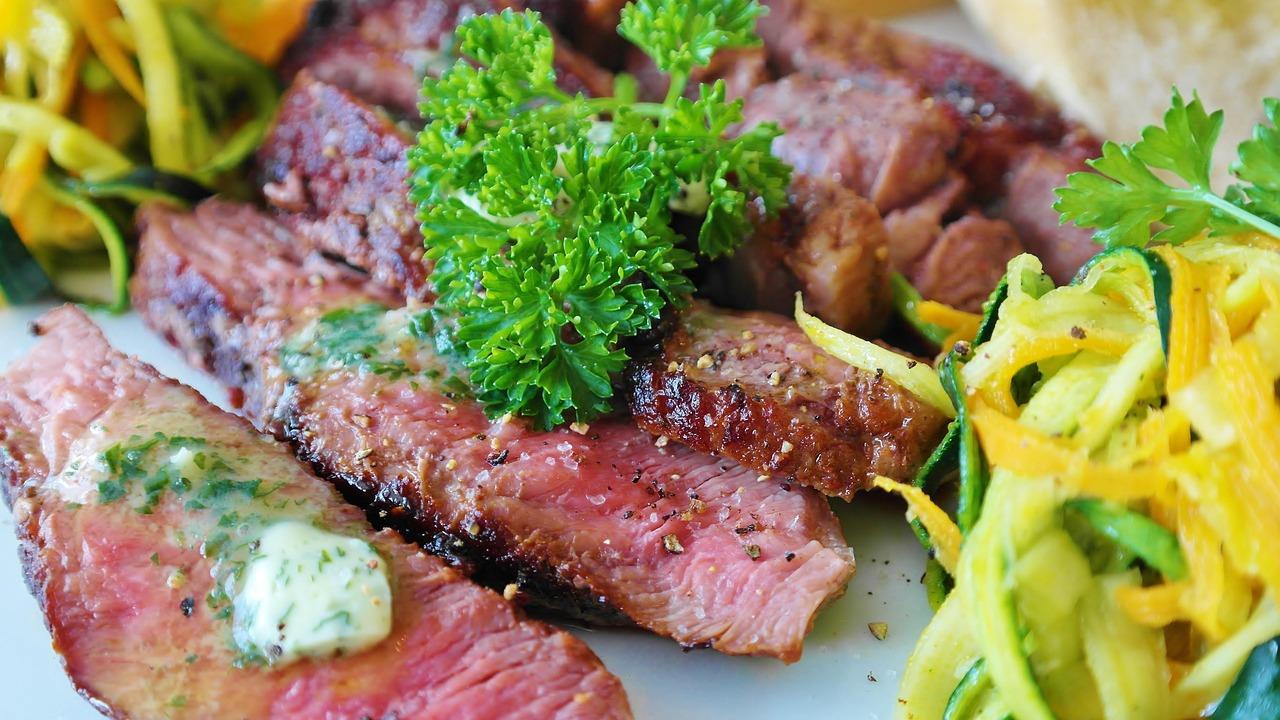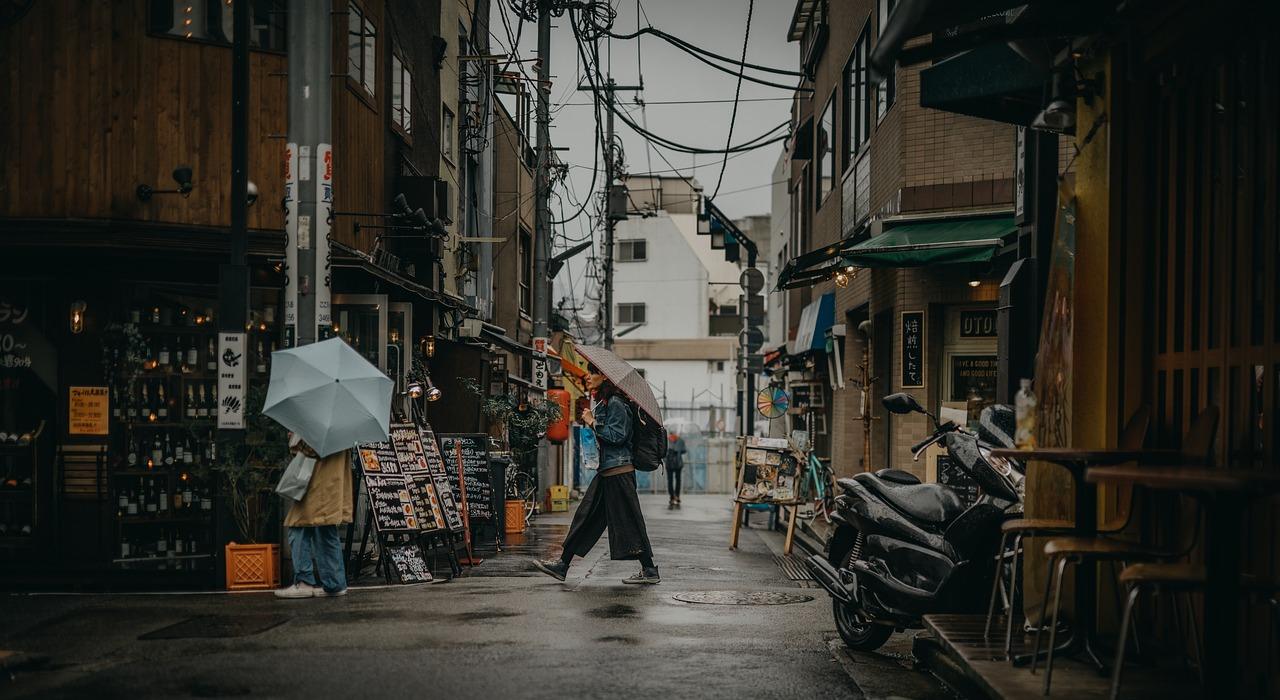
Enttäuschung pur – schlechtester Service in Köln
Köln, die lebendige Metropole am Rhein, ist bekannt für ihre Geschichte, Kultur und Gastfreundschaft. Doch hinter den charmanten Straßen und der fröhlichen Atmosphäre verbirgt sich oft eine Realität, die Kunden enttäuscht: schlechter Service. In diesem Artikel analysieren wir, warum viele Besucher und Einheimische genau dieses Problem erleben und wie es die Wahrnehmung der Stadt beeinflusst.
Einführung: Warum Servicequalität entscheidend ist
Servicequalität ist das Herzstück jeder positiven Kundenerfahrung. Egal, ob Sie ein Restaurant, ein Geschäft oder einen Dienstleister besuchen – die Art und Weise, wie Sie behandelt werden, beeinflusst Ihr Erlebnis maßgeblich. Ein unfreundlicher, unaufmerksamer oder langsamer Service kann selbst den besten Ort ruinieren.
Allgemeine Erwartungen an Service in Köln
Viele Kunden erwarten in Köln Professionalität, Freundlichkeit und Effizienz. Die Stadt hat ein hohes touristisches Aufkommen, wodurch der Service in Gastronomie und Einzelhandel besonders gefordert ist.
Branchenstandards und Kundenerwartungen
Branchenstandards in Deutschland setzen ein relativ hohes Niveau voraus. Kunden erwarten kurze Wartezeiten, kompetente Beratung und höfliche Interaktionen. In Köln jedoch stoßen sie häufig auf Abweichungen.
Typische Stolperfallen für Kunden
Häufige Probleme sind lange Wartezeiten, unfreundliches Personal oder mangelnde Problemlösungskompetenz. Solche Stolperfallen sorgen für Frust und negative Bewertungen.
Fallstudien schlechter Serviceerfahrungen
Um die Situation zu verdeutlichen, betrachten wir einige konkrete Beispiele aus verschiedenen Branchen in Köln.
Gastronomie: Ein Beispiel für enttäuschenden Service
In Restaurants kommt es oft vor, dass Bestellungen vergessen werden oder Personal unaufmerksam wirkt. Ein typisches Szenario: Sie warten 20 Minuten auf Ihr Getränk und erhalten dann eine falsche Bestellung.
Einzelhandel: Kunden im Stich gelassen
Im Einzelhandel erleben Kunden häufig Desinteresse. Verkäufer wirken gelangweilt, es fehlt an Beratung oder Unterstützung beim Finden von Produkten, was zu Frustration führt.
Ursachen für schlechten Service in Köln
Die Gründe für enttäuschenden Service sind vielfältig und reichen von strukturellen Problemen bis hin zu menschlichen Faktoren.
Personalmangel und fehlende Schulungen
Viele Betriebe kämpfen mit zu wenig Personal und mangelnder Schulung. Mitarbeiter werden überfordert, was direkt die Servicequalität beeinträchtigt.
Unzureichende Kommunikation und Managementprobleme
Fehlende Kommunikation zwischen Mitarbeitern und Management führt zu Chaos und ineffizienten Abläufen, was Kunden direkt spüren.
Auswirkungen auf das Kundenerlebnis
Schlechter Service hinterlässt Spuren bei Kunden. Negative Erfahrungen können das Vertrauen in Unternehmen zerstören und das Image der Stadt beeinträchtigen.
Emotionale Reaktionen und Frustration
Kunden reagieren oft emotional: Ärger, Enttäuschung oder sogar Wut sind typische Reaktionen auf schlechten Service.
Langfristige Folgen für Unternehmen
Unternehmen, die kontinuierlich schlechten Service bieten, riskieren negative Online-Bewertungen, Umsatzeinbußen und sinkende Kundentreue.
Tipps zur Vermeidung schlechter Serviceerfahrungen
Auch wenn man sich als Kunde nicht alles gefallen lassen muss, gibt es Strategien, um schlechte Erfahrungen zu minimieren.

Richtiges Feedback geben
Konstruktives Feedback hilft Unternehmen, Schwachstellen zu erkennen. Eine sachliche Beschwerde kann Veränderungen anstoßen.
Auswahl von Serviceanbietern
Recherche und Empfehlungen können helfen, Anbieter mit guter Servicequalität zu finden. Bewertungen im Internet sind ein guter erster Indikator.
Vergleich mit anderen deutschen Städten
Köln ist nicht die einzige Stadt, in der Kunden schlechten Service erleben. Ein Vergleich zeigt, wie die Stadt im nationalen Kontext abschneidet.
Köln vs. Berlin
In Berlin ist Service oft strukturierter und professioneller, was auf bessere Ausbildung und größere internationale Erfahrung zurückzuführen ist.
Köln vs. München
München setzt stark auf Qualität im Kundenkontakt. Die Kundenorientierung ist tendenziell höher, was Köln in diesem Vergleich ins Hintertreffen geraten lässt.
Fazit: Was Kunden wissen sollten
Schlechter Service in Köln ist kein Einzelfall, sondern ein wiederkehrendes Problem. Mit informierten Entscheidungen, konstruktivem Feedback und gezielter Auswahl können Kunden dennoch positive Erfahrungen machen.
FAQs
1. Warum ist der Service in Köln oft schlechter als in anderen Städten?
Hauptgründe sind Personalmangel, mangelnde Schulungen und organisatorische Probleme.
2. Welche Branchen sind am meisten betroffen?
Gastronomie und Einzelhandel sind besonders anfällig für schlechten Service.
3. Wie können Kunden schlechte Erfahrungen vermeiden?
Indem sie Anbieter recherchieren, Empfehlungen nutzen und konstruktives Feedback geben.
4. Hat schlechter Service langfristige Folgen für Unternehmen?
Ja, er kann zu negativen Bewertungen, Umsatzverlusten und sinkender Kundentreue führen.
5. Gibt es Unterschiede zwischen Köln und anderen deutschen Städten?
Ja, Städte wie Berlin oder München zeigen tendenziell eine höhere Servicequalität.
Das könnte dich auch interessieren

Lange Autofahrten mit Kindern überleben – meine Tricks
16. Juli 2025
Reisefallen, die du unbedingt vermeiden solltest
31. August 2024

